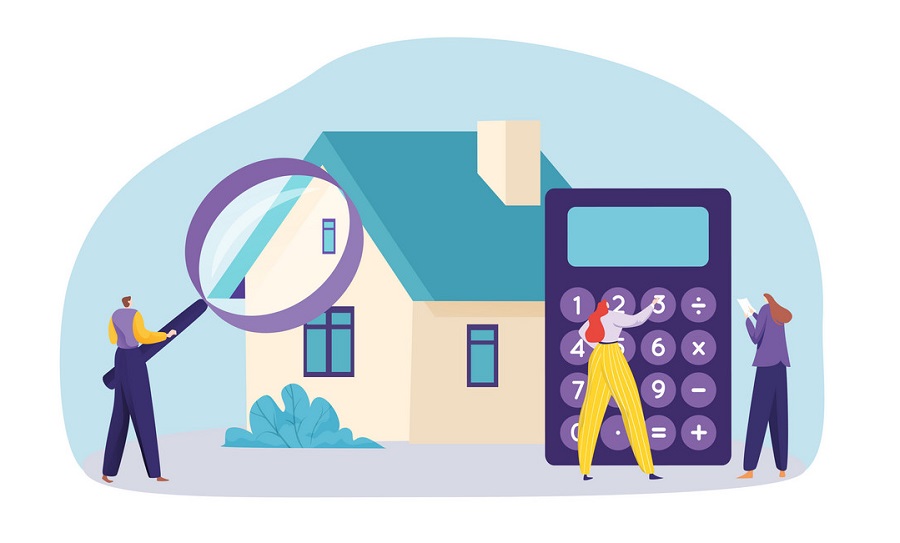In today’s financial landscape, individuals often end up needing substantial funds for various purposes, whether it’s for business expansion, education, medical emergencies, or other significant expenses. In such scenarios, one viable option is to leverage one’s property to secure a loan, known as a Loan Against Property (LAP). This financial tool provides access to considerable funds while allowing borrowers to retain ownership of their property. In this article, we dig into the intricacies of Loan Against Property and the factors affecting its Equated Monthly Installments (EMIs).
Understanding Loan Against Property
A “Loan Against Property“ is a secured loan where individuals vow their residential or commercial property as collateral to secure a loan from a financial institution. The loan amount sanctioned is typically a certain percentage of the property, still up in the air by the lender’s assessment.
Advantages of Loan Against Property
1. Higher Loan Amounts: Compared to unsecured loans, LAPs offer higher loan amounts because of the collateral in question.
2. Lower Interest Rates: Since LAPs are secured loans, they often accompany lower interest rates compared to personal loans or credit cards.
3. Longer Tenure: Financial institutions usually offer longer repayment tenures for LAPs, making EMIs more manageable.
4. Flexible End-Use: Borrowers have the adaptability to use the loan amount for various purposes, including business expansion, obligation consolidation, education, medical expenses, or home renovation.
Factors Affecting Loan Against Property EMI
Equated Monthly Installments (EMIs) represent the fixed monthly payments that borrowers make toward repaying their loans. Several factors impact the computation of “Loan Against Property EMI“:
1. Loan Amount: The principal amount borrowed significantly impacts the EMI. Higher loan amounts result in higher EMIs, assuming different factors remain constant.
2. Interest Rate:The interest rate charged by the lender is a crucial determinant of the EMI amount. Lower interest rates lead to lower EMIs and vice versa.
3. Loan Tenure: The repayment tenure chosen by the borrower plays a pivotal job in deciding the EMI. Longer tenures result in lower EMIs; however, may lead to higher overall interest payments.
4. Type of Interest Rate: LAPs offer both fixed and floating interest rate options. Fixed-rate EMIs remain constant all through the loan tenure, giving stability in repayment. Conversely, floating-rate EMIs fluctuate based on market conditions, potentially leading to variations in EMI amounts.
5. Borrower’s Credit Profile: The borrower’s credit history and credit score impact the interest rate offered by the lender. Individuals with a robust credit profile may secure loans at more favorable interest rates, thereby affecting the EMI amount.
Managing Loan Against Property EMIs
While LAPs offer numerous benefits, borrowers must actually manage loans against property EMIs to avoid financial strain. Here are some strategies:
1. Budgeting: Assess your monthly pay and expenses to decide your repayment capacity. Allocate a portion of your pay towards LAP EMIs while ensuring other financial obligations are met.
2. Prepayment Option: Some lenders allow borrowers to make prepayments towards their LAP, lessening the outstanding principal amount and overall interest trouble. Consider leveraging this option to accelerate loan repayment and diminish EMIs.
3. Refinancing: Periodically evaluate refinancing options to secure lower interest rates or favorable loan terms. Refinancing can assist with diminishing EMIs and save on interest costs over the loan tenure.
4. Maintain a Good Credit Score: Maintain a healthy credit score by honoring existing financial commitments and managing credit responsibly. A good credit score enhances your bargaining power with lenders and may result in lower interest rates on LAPs.

